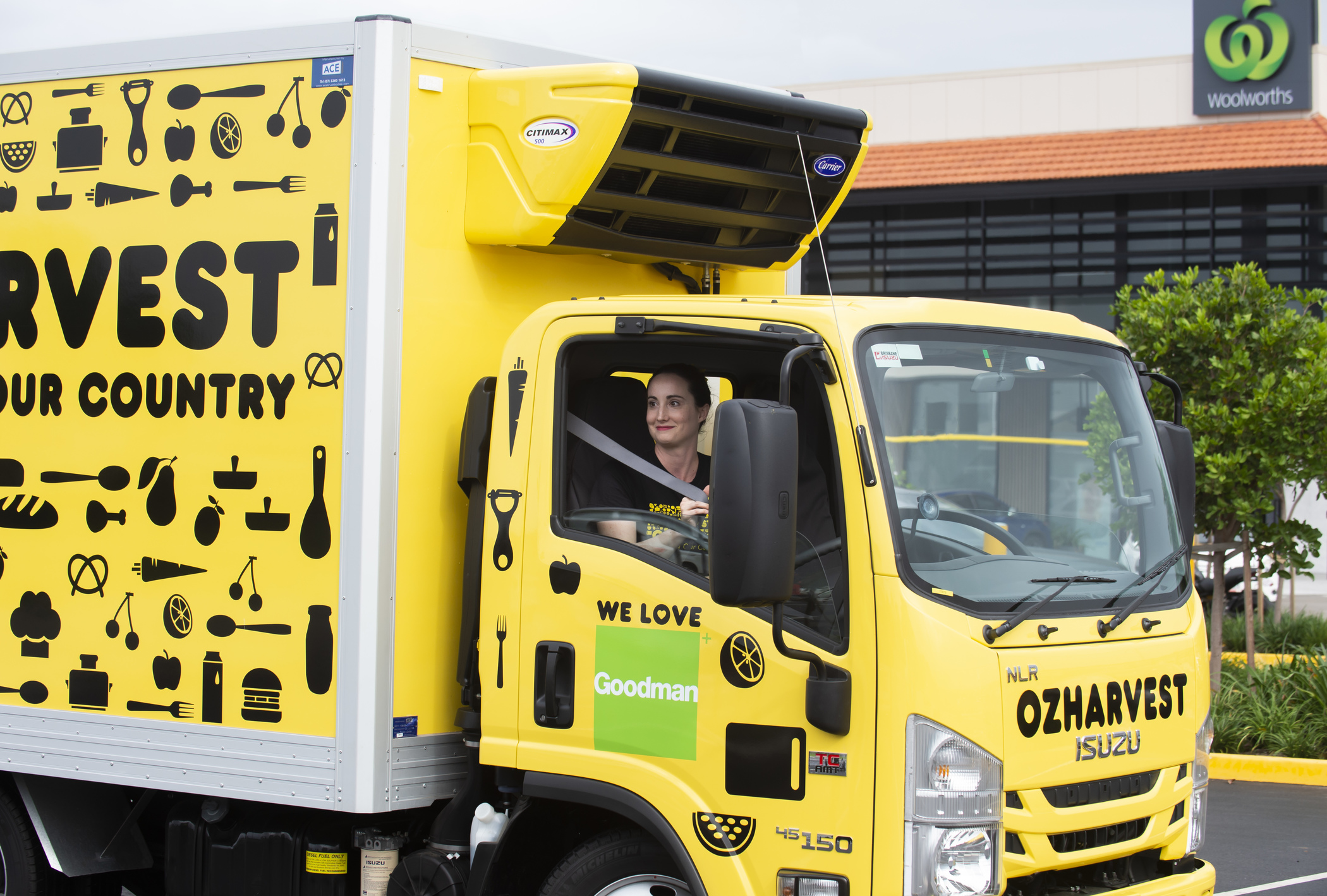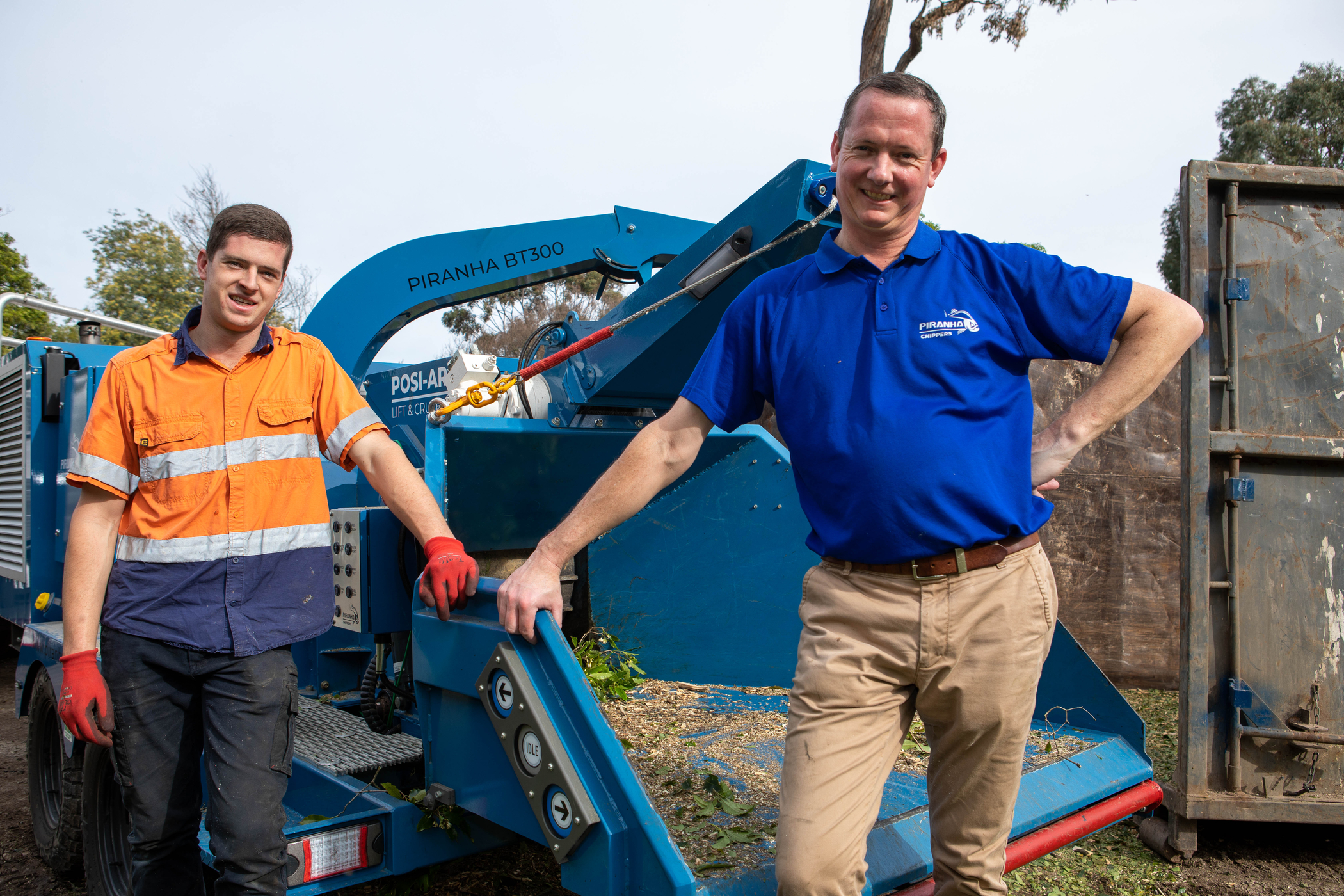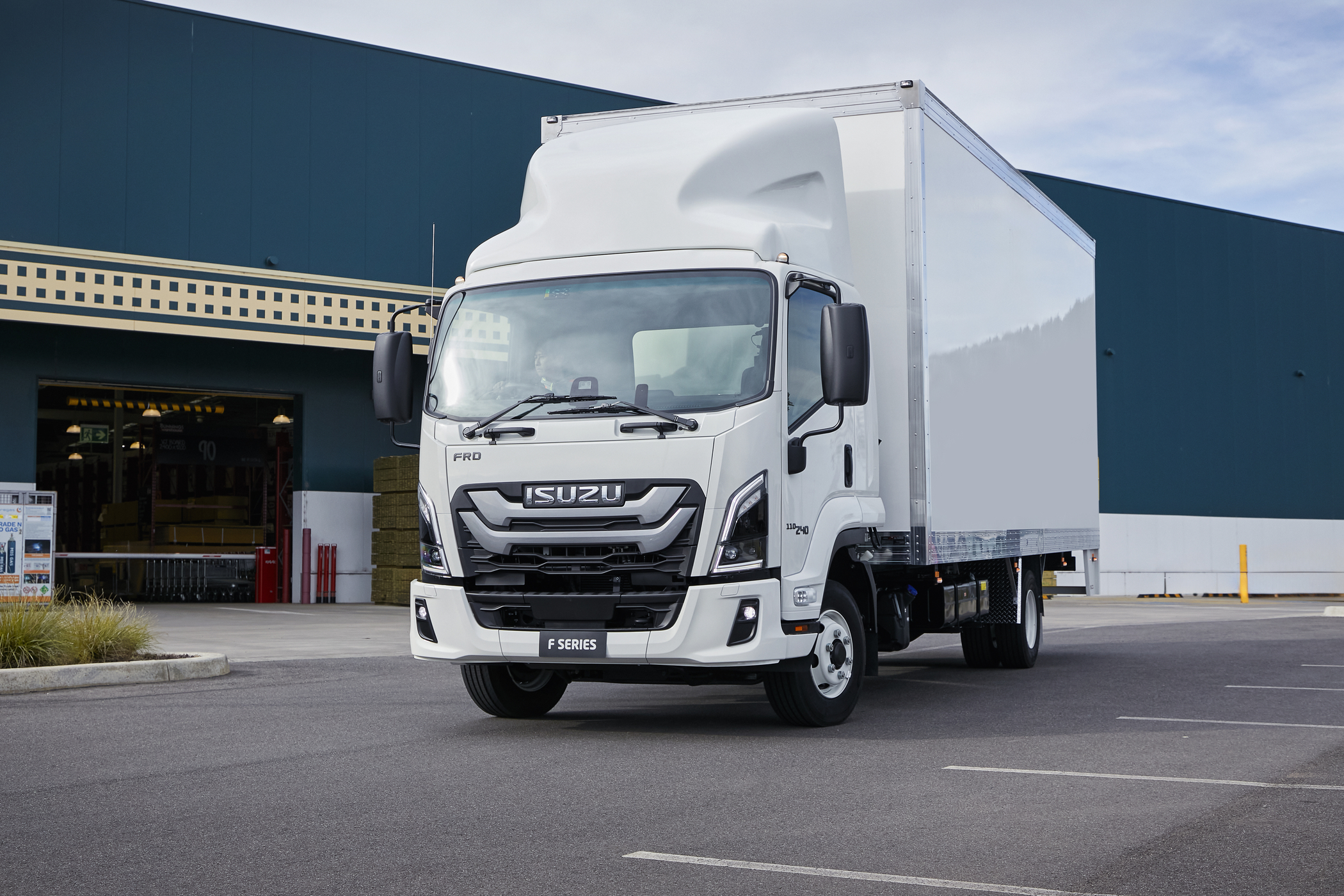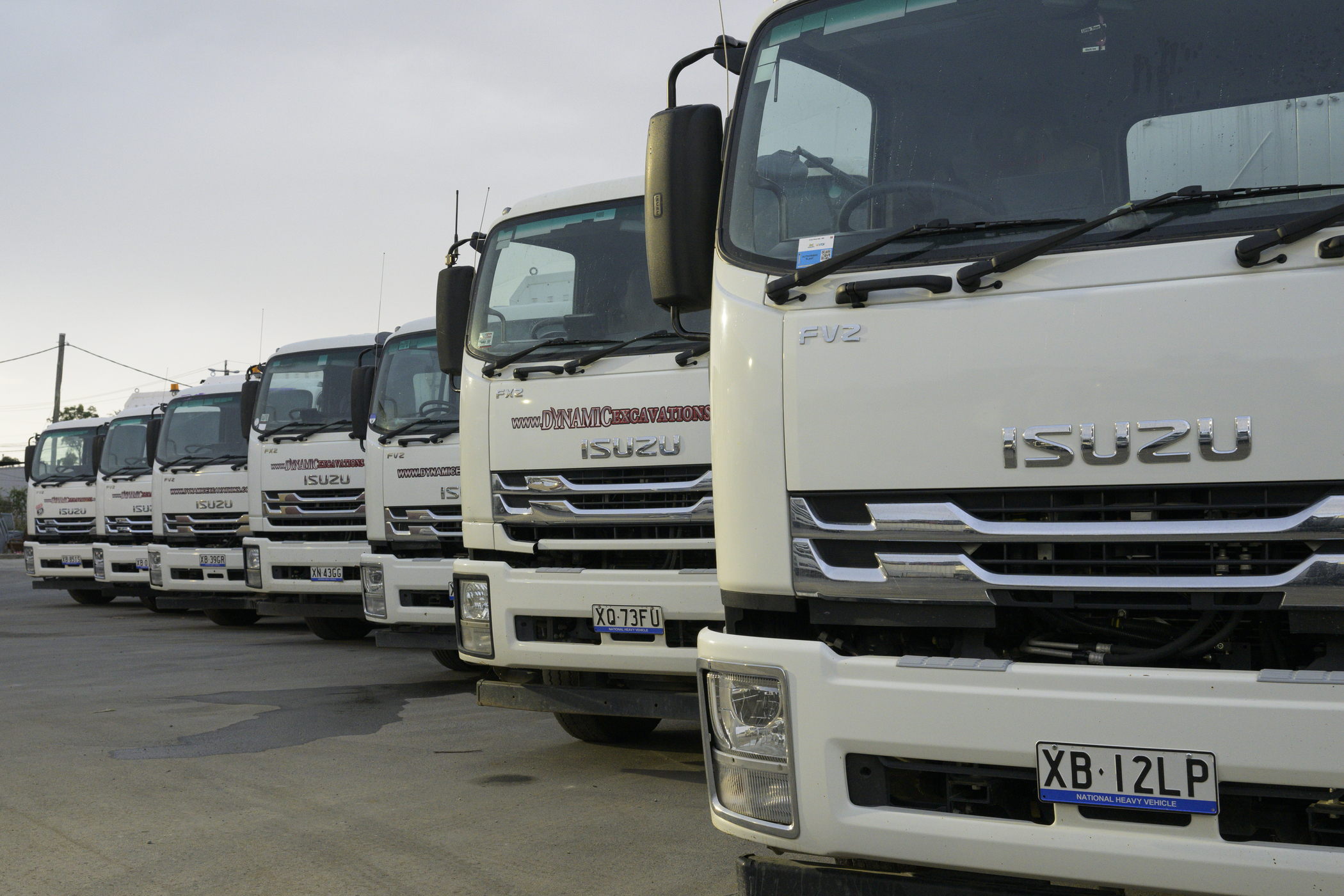CONTACTLESS LAST MILE DELIVERY: SAFE WORKING TIPS IN COVID-19

 Loading and unloading
When loading and unloading, whether at the warehouse or at a customer’s site, social distancing measures and standard sanitary safeguards should be observed. Here are some ways.
Loading and unloading
When loading and unloading, whether at the warehouse or at a customer’s site, social distancing measures and standard sanitary safeguards should be observed. Here are some ways.
- As a rule, you should ensure 4 square metres per person and have at least 1.5 metres between people, wherever possible.
- If you must work closer than 5 metres from co-workers because of the nature of the task or because it is required for safety reasons, then you must consult your employer and/or relevant health and safety representatives on how to perform the work task safely—which may include the use of Personal Protective Equipment (PPE).
- If your employer has provided some form of PPE (e.g. face masks, gloves, eye protection, screens), always follow your employer’s instructions and training on how to use and dispose of PPE safely and correctly. Incorrect usage may lead to increased risk of contracting and spreading the virus.
- Clean and sanitise all high-touch surfaces, including frequently used equipment. Wipe them down regularly and thoroughly with an appropriate disinfectant.
 Delivery to customer’s location
Before COVID-19, physical receipt of large(r) deliveries would be the norm, following by receiving a physical signature on a form or device to confirm the delivery.
However, these processes have had to change, and here are some ways to ensure contactless deliveries—but still making sure you’re covered.
Delivery to customer’s location
Before COVID-19, physical receipt of large(r) deliveries would be the norm, following by receiving a physical signature on a form or device to confirm the delivery.
However, these processes have had to change, and here are some ways to ensure contactless deliveries—but still making sure you’re covered.
- Consider sending confirmation text messages prior to your arrival at the customer’s site, whether that’s a warehouse, store or residential address.
- Leave goods either at the door or in the designated loading/unloading bay—or follow the customer’s instructions to a requested spot. Then, send a message to let the customer know their goods have been delivered.
- Take a photo of the delivered goods onsite as proof of delivery, rather than obtaining a signature.
- Wherever possible, remain in your vehicle and use contactless methods, such as mobile phones, to communicate with customers while at their premises.
- If customers require assistance in moving the delivered goods or if special trade services (e.g. assembly of equipment or furniture) are required, then special instructions should be made prior the delivery to arrange for contactless delivery assistance.
- Request for a ‘free’ area accessible to you for delivery/performing your service that will allow you to be at least 1.5 metres away from others.
- Before and after completing your service, you should wash your hands if access to running water and soap is available. If not, use a hand sanitiser. Don’t touch your face.
- Do clean the work area and products before leaving. Refer to Safe Work Australia’s Guide for appropriate cleaning measures for different surfaces.
- Don’t travel with unnecessary passengers.
- If you must travel in a vehicle with co-workers for work purposes, people should sit as far apart as possible. According to Safe Work Australia, only two people should be in a five-seat vehicle—the driver and a worker behind the front passenger seat.
- No matter the length of the trip, delivery vehicles will need to be cleaned and disinfected frequently, especially when drivers change shifts.
 Trucking along
In a changed world where social contact must now be minimised, it’s important to keep our front-line workers like truckies safe, if we are to keep our country moving.
With the rising demand in last mile delivery in this time, businesses have had to adapt and adopt contactless delivery measures.
For our truckies who keep on keeping on in these tough times, we are thankful. To help you plan your long-haul journeys, check out our article on truck stops and service centres that have remained open in COVID-19.
Trucking along
In a changed world where social contact must now be minimised, it’s important to keep our front-line workers like truckies safe, if we are to keep our country moving.
With the rising demand in last mile delivery in this time, businesses have had to adapt and adopt contactless delivery measures.
For our truckies who keep on keeping on in these tough times, we are thankful. To help you plan your long-haul journeys, check out our article on truck stops and service centres that have remained open in COVID-19.



Lead the charge with Australia’s favourite truck.
2025 heralds Isuzu Trucks’ 36th year as market leader.* Number one in more than just sales, though, Isuzu Trucks has an unparalleled dealer support network, customer care program, truck range, and legendary reliability. To get behind the wheel of a winner, get into your nearest Isuzu Trucks Dealer now or visit isuzu.com.au
Learn More



